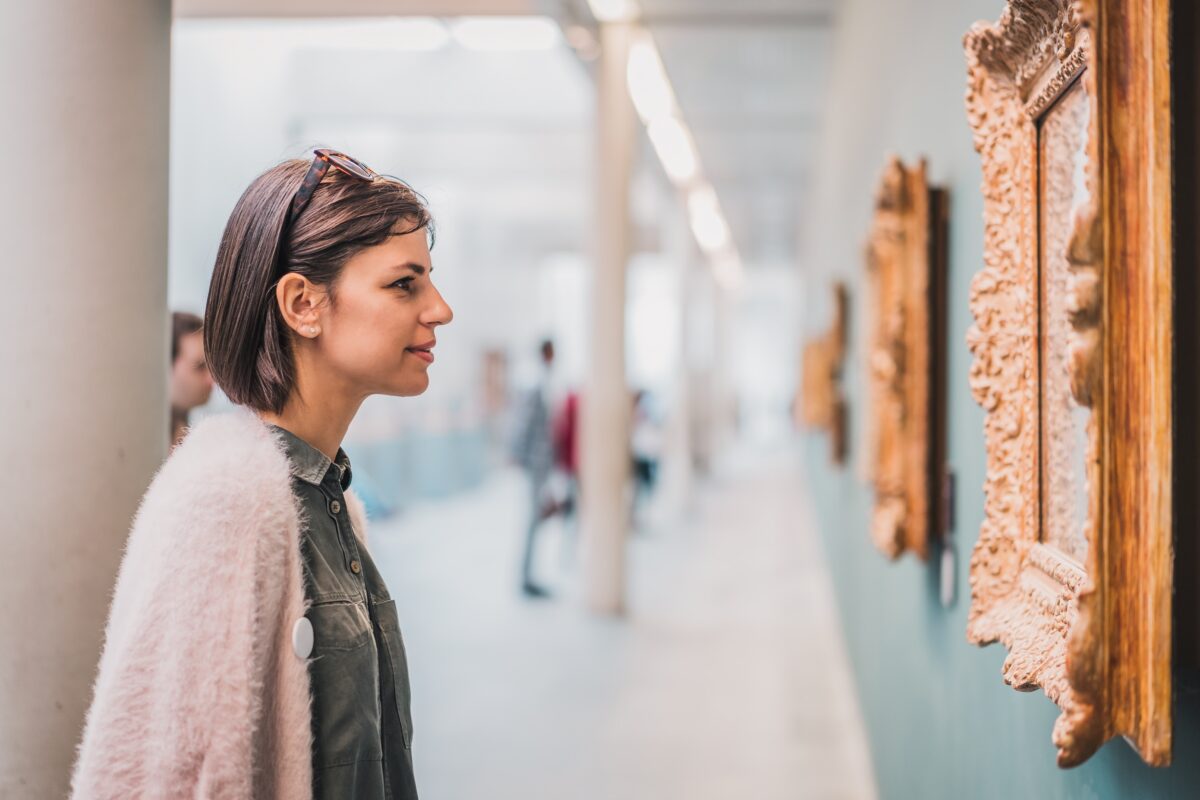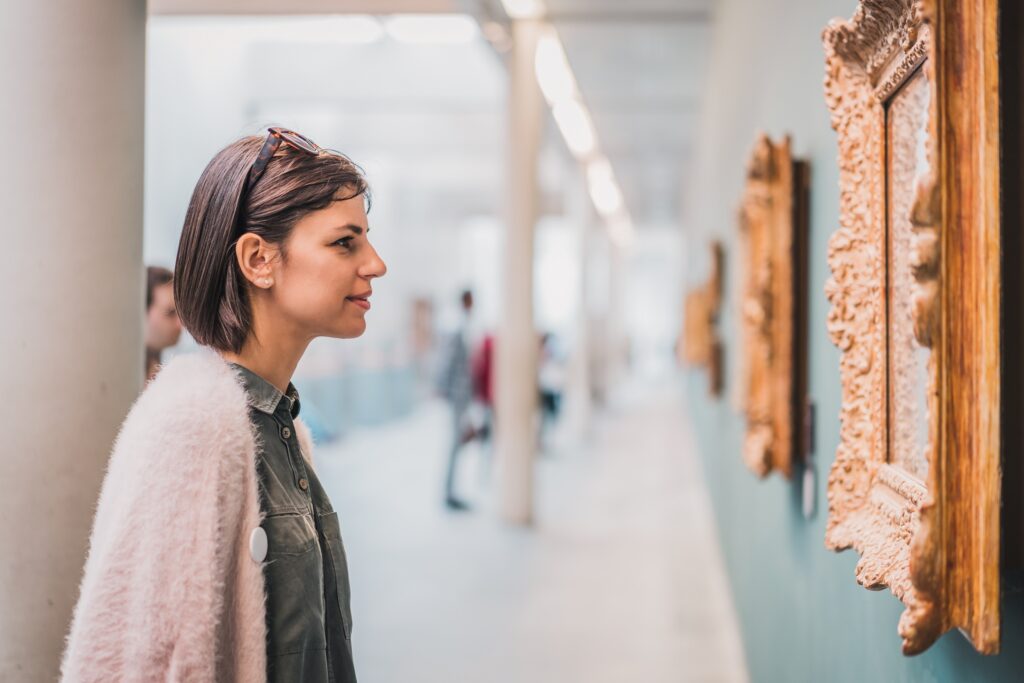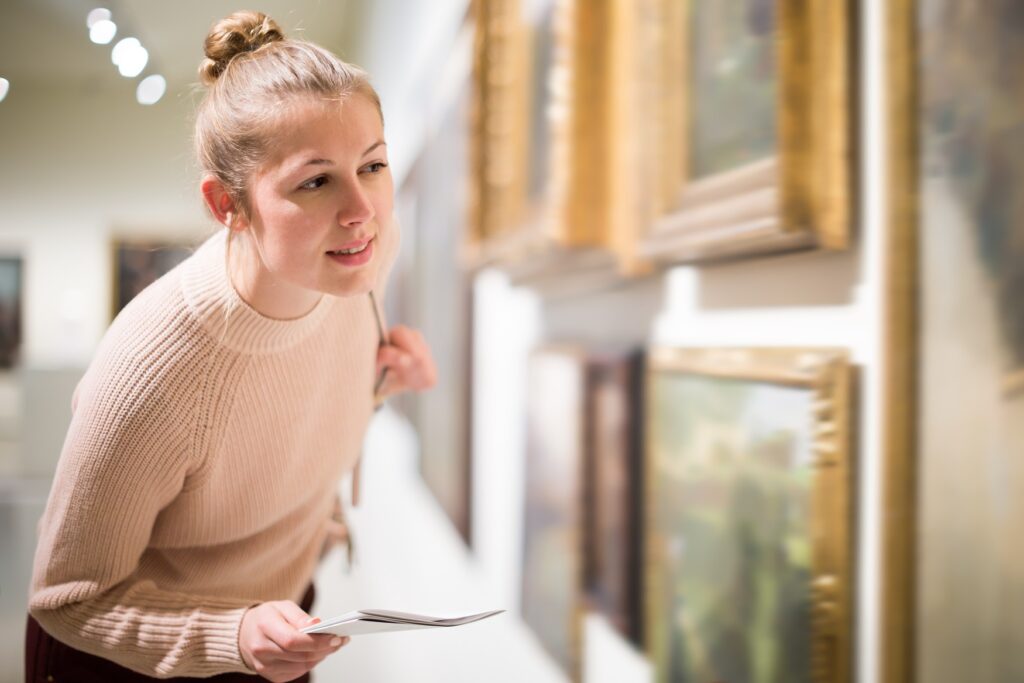
Real Art Stimulates the Brain 10x More Than Reproductions, Study Reveals
In an intriguing new study, researchers from the Netherlands have demonstrated that authentic artworks stimulate our brains significantly more than reproductions or posters. Using advanced MRI and eye-tracking technology, scientists measured brain activity in volunteers viewing both genuine art and replicas, revealing that the neurological response to real art was ten times stronger. This discovery, backed by data from the Mauritshuis Museum in The Hague, suggests the powerful, unique impact of original artwork on human cognition and emotional processing.

Note: This article is intended for general information and educational purposes. It summarizes scientific research in accessible language for a broad audience and is not an official scientific press release.
Real Art vs. Reproductions: Exploring the Science
According to The Guardian, the study was commissioned by the Mauritshuis Museum, one of the Netherlands’ iconic cultural institutions and home to Johannes Vermeer’s “Girl with a Pearl Earring”. The research was conducted by the Neurensics Research Institute in collaboration with other neurological specialists. The scientists aimed to understand whether original artwork has a measurably different effect on the brain than posters or reproductions—a question often pondered by art enthusiasts and professionals alike.
Researchers recruited 20 volunteers, aged between 21 and 65, and used advanced neuroimaging techniques, including functional magnetic resonance imaging (fMRI) and electroencephalogram (EEG) brain scanning. Volunteers looked at five authentic paintings within the museum and posters of the same artworks in the museum shop.
In the first phase, volunteers wore EEG scanners and eye-tracking equipment while they viewed the paintings and posters. In the second phase, at the University of Amsterdam’s functional MRI laboratory, participants viewed images flashed on goggles to record direct brain responses.
The unique focus on neurological imaging distinguishes this study from previous research in the field, which often relies on verbal reports. According to Martin de Munnik, co-founder of Neurensics, the goal was to directly measure brain activity rather than rely on participants’ descriptions, which can often be subjective.
Innovation in Methodology
This research distinguishes itself through its cutting-edge approach: employing both EEG and fMRI scans while incorporating eye-tracking data. This triple-layered approach allowed researchers to capture a detailed view of how participants’ brains reacted to each piece.
The study’s design allowed researchers to measure responses in specific brain regions, such as the precuneus, which plays a role in consciousness and personal memory. These insights go beyond subjective interpretation, delivering measurable data on how genuine artwork engages the brain. The use of high-tech, objective tools to capture brain responses sets this study apart and bolsters the reliability of its findings.
The main conclusions reached by the scientists
The study led to several fascinating discoveries, highlighting significant differences between viewing real art and replicas:
- 10x Stronger Brain Response to Real Art. The brain’s response to real art was ten times more intense than to reproductions, underscoring a substantial neurological distinction between the two experiences.
- Precuneus Activation. The precuneus region of the brain, associated with consciousness, memory, and self-reflection, was strongly activated in response to real artwork. Posters, by contrast, elicited minimal activation in this area.
- Unique Response to Specific Works. Certain artworks produced distinct responses. For instance, Gerrit van Honthorst’s “The Violin Player” evoked a positive “approach” response, registering 0.41 on a 1-point scale in its original form but only 0.05 as a poster.
- Sustained Attention to Iconic Pieces. Vermeer’s “Girl with a Pearl Earring” captured the most attention overall, especially due to the viewer’s prolonged focus on the triangle between the girl’s eye, mouth, and pearl earring. This “sustained attention loop” is believed to make the viewer’s experience more immersive and meaningful.
- Stronger Emotional and Cognitive Engagement. The study also observed that real artworks engage viewers on a more emotional level, enhancing self-reflective thought and personal connection.
Art and Cognitive Abilities
The study’s findings offer a compelling look at how genuine art can influence the development of cognitive abilities. The activation of the brain’s precuneus, a region linked to consciousness, personal memories, and self-reflection, confirms that viewing real artworks requires the brain to process information at a deeper level. This interaction may enhance a range of cognitive functions such as attention, memory, and analytical thinking.
1. Influence on Attention and Concentration. The sustained focus that participants showed toward Vermeer’s “Girl with a Pearl Earring” demonstrates how art can capture and hold viewers’ attention. The ability to concentrate, reinforced through engagement with authentic artworks, could positively impact long-term attention skills and productivity.
2. Memory Development. The strong activation of brain areas associated with memory highlights art’s potential to boost memory-related cognitive processes. Exposure to original artworks activates memory, encouraging viewers not only to visually absorb the piece but also to connect it to personal memories and emotions, which strengthens information retention.
3. Development of Analytical and Abstract Thinking. Original works, especially complex portraits or narrative paintings, promote analytical and abstract thinking. Viewers naturally analyze details, storylines, and symbols, which may activate critical thinking and deeper comprehension. These skills are particularly important for children and adolescents growing up in a digital world where in-depth analytical processing isn’t always prioritized.
4. Emotional Intelligence and Self-Reflection. Authentic art evokes emotional responses, stimulating brain areas involved in self-reflection and personal connections. Such experiences help develop emotional intelligence, promote a better understanding of one’s emotional state, and enhance empathy toward others. This is valuable not only for children but also for adults, fostering personal growth and improving interpersonal communication.
5. Application in Educational Programs. These findings emphasize the importance of incorporating genuine art into educational programs to foster cognitive skill development among students. Regular exposure to original art could cultivate a range of cognitive abilities that support both academic and personal growth. This educational approach may deepen cultural understanding, increase motivation, and foster critical thinking skills.

Why This Matters: Implications for Culture, Science, and Society
The study’s results have broad implications across multiple fields.
1. Cognitive and Neurological Health. The strong response in the brain’s precuneus highlights how real artwork might contribute to mental stimulation and memory formation. This could have positive implications for cognitive health, especially for aging populations and those experiencing memory-related conditions.
2. Education and Development. For educators, these findings could shape how art is used in classrooms. Professor Erik Scherder, a neuropsychology expert who reviewed the study, noted that exposure to original art could be especially beneficial for children in their developmental years, fostering growth in cognitive and emotional areas.
3. Art Accessibility and Cultural Appreciation. The study reinforces the value of physical museums and authentic art experiences. In an age of digital reproductions, these findings highlight the importance of preserving art institutions and making them more accessible to the public.
4. Emotional Well-Being and Self-Reflection. Real art not only enhances cognitive function but also promotes self-reflection, which could positively influence emotional well-being. Engaging with art on this level may help visitors build stronger personal connections with the artwork, potentially improving their mental health through sustained exposure.
5. Future Research on Art’s Neurological Impact. The findings lay the groundwork for future research on how various art forms influence the brain. By understanding the neurological impact of original artworks, scientists and mental health professionals may be able to develop targeted therapies and interventions for cognitive health using art-based experiences.
Conclusion
This groundbreaking study from the Netherlands has provided scientific evidence that experiencing genuine art is fundamentally different from viewing reproductions. Through advanced neuroimaging techniques, researchers demonstrated that real artwork stimulates brain activity at a level far surpassing that of posters. This unique response highlights art’s role in engaging memory, self-reflection, and emotional depth.
As art and science continue to intersect, this research strengthens the argument for preserving cultural institutions and broadening access to original works. Whether through educational programs, healthcare applications, or societal initiatives, the insights gained from this study underscore the profound and measurable impact of real art on the human mind.
The information in this article is provided for informational purposes only and is not medical advice. For medical advice, please consult your doctor.













